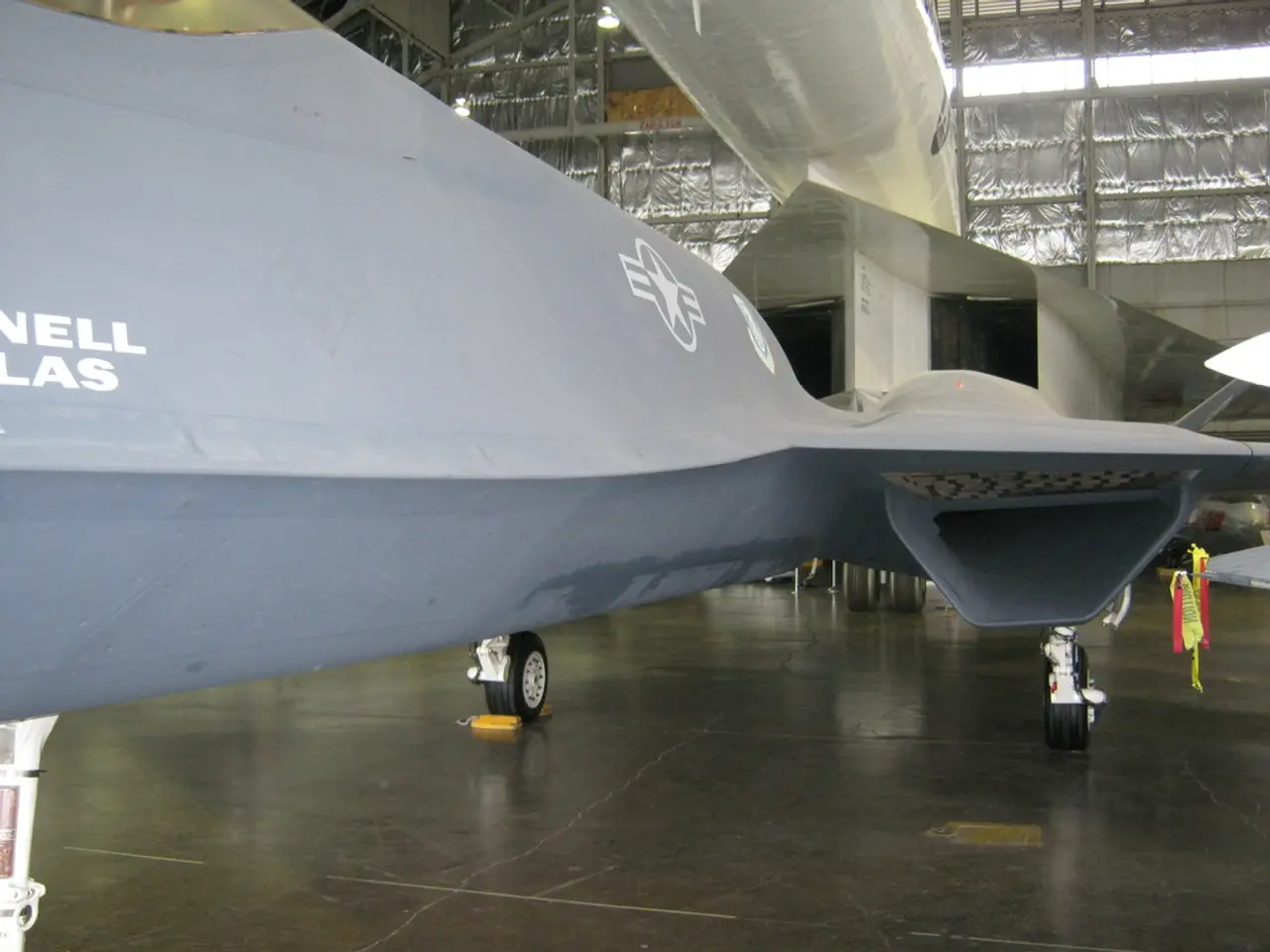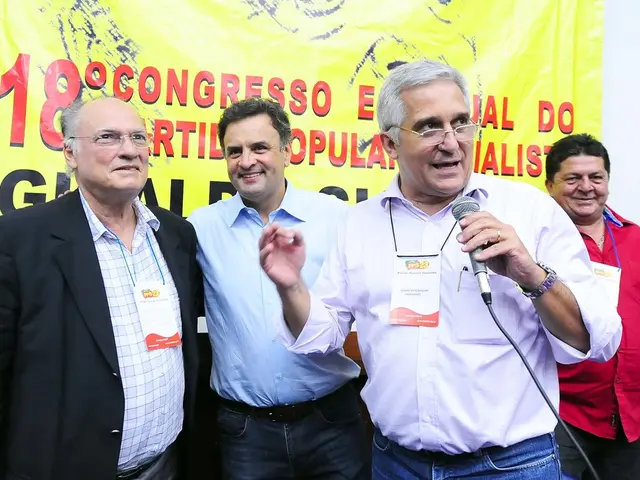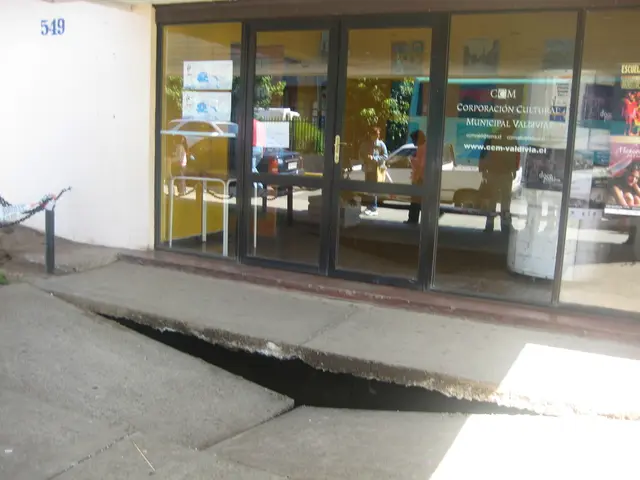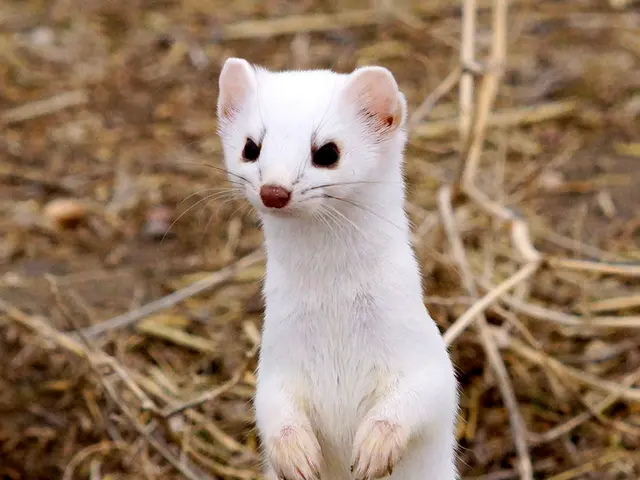"Aviation Industry's Impact on the Environment and Its Future Prospects"
In an effort to combat rising carbon emissions, the aviation industry is making significant strides in adopting new technologies aimed at reducing its environmental impact. Two key strategies emerging as frontrunners in this quest are biofuels and electric aircraft.
Biofuels, specifically Sustainable Aviation Fuels (SAF), are set to revolutionise the aviation sector. Made from biomass or synthesised using renewable hydrogen and captured CO2, SAF is a low-carbon alternative to conventional fossil kerosene. Notably, SAF can reduce lifecycle CO2 emissions by up to 80% compared to conventional jet fuel.
The EU's ReFuelEU Aviation initiative is a regulatory framework that mandates increasing proportions of SAF blending, starting at 2% in 2025 and targeting up to 70% by 2050. This regulatory push is accelerating the adoption of SAF in commercial aviation, with the fuel already in commercial use.
On the other hand, electric aircraft propulsion aims to reduce emissions by using electric motors powered by batteries or hybrid systems. While current battery energy density limits restrict electric aircraft use mainly to small, regional, or training aircraft, hybrid electric aircraft combine electric power during lower energy phases like takeoff and landing with conventional engines for cruising. This approach lowers overall emissions and noise, making it a promising solution for short-haul and regional flights.
Examples of hybrid electric aircraft include VoltAero's Cassio and Ampaire Electric EEL. Research and prototypes are ongoing, with ambitions to introduce larger electric aircraft (e.g., a 30-seater expected by 2030), though widespread commercial electric flight remains a longer-term goal due to current battery weight and capacity constraints.
In summary, SAF is currently the more mature and immediately scalable option for reducing aviation emissions, while electric and hybrid propulsion offer promising but longer-term pathways. The International Air Transport Association (IATA) considers SAF a key element to reducing the environmental impact of aviation, making it a promising development in the industry's pursuit of a greener future.
Apart from these strategies, airlines are also investing in more efficient ground operations, such as using electric vehicles for passenger and cargo transport, and working to reduce waste and conserve resources, such as water and energy. The development of more efficient aircraft is a focus area for the industry, with manufacturers constantly working to improve aerodynamics and materials used in construction.
As the aviation industry continues to grow, it is crucial to minimise its impact on the planet. With new technologies and sustainable practices, the future of civil aviation can be both prosperous and environmentally friendly. Electric aircraft, powered by renewable energy sources like solar or wind power, offer a potential solution to eliminating the need for fossil fuels, further reducing the industry's carbon footprint.
- Science plays a significant role in the aviation industry's quest to reduce carbon emissions, as new technologies such as Sustainable Aviation Fuels (SAF) and electric aircraft propulsion are being developed and adopted.
- Financial institutions are also involved in this endeavor, as the ever-increasing use of SAF in commercial aviation is being accelerated by regulatory initiatives like the EU's ReFuelEU Aviation.
- In addition to SAF and electric aircraft, the aerospace industry is also focusing on technological advancements, such as developing more efficient aircraft through improved aerodynamics and materials.
- Looking beyond the immediate future, the aviation industry envisions a greener future with electric aircraft powered by renewable energy sources like solar or wind power, aiming to eliminate the need for fossil fuels and further reducing the industry's carbon footprint.








